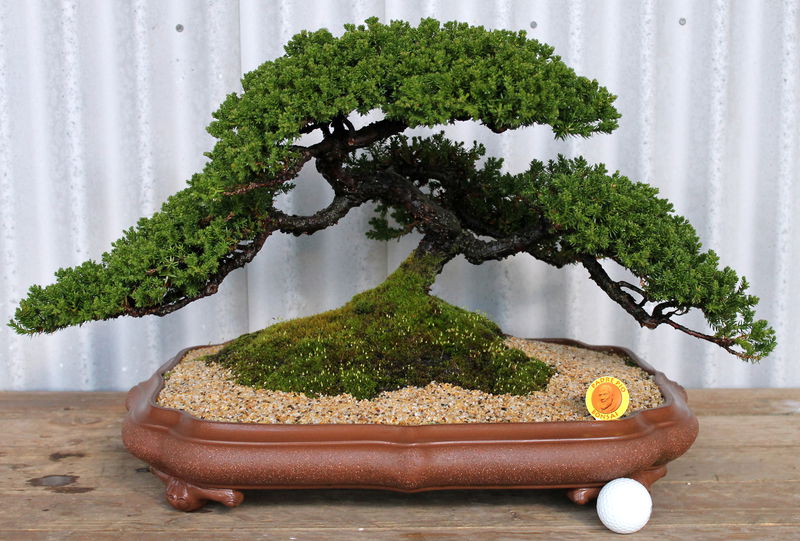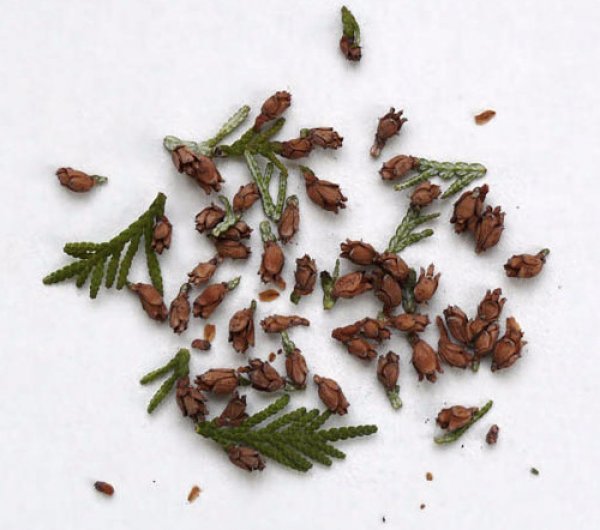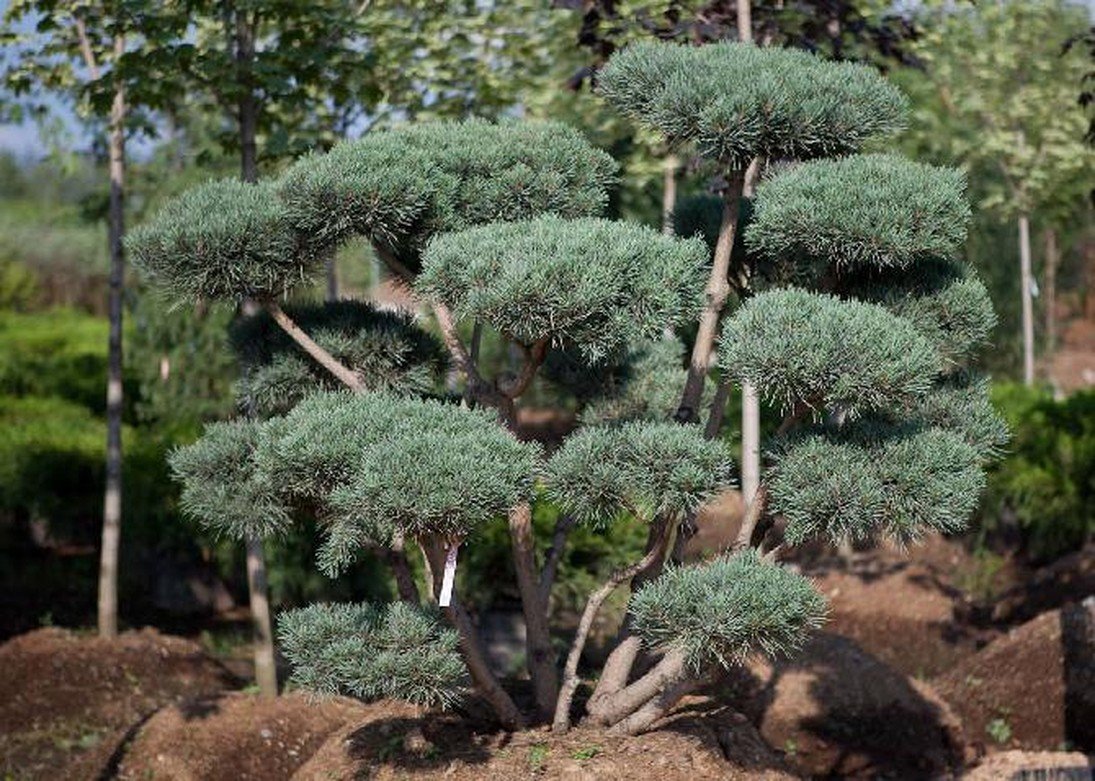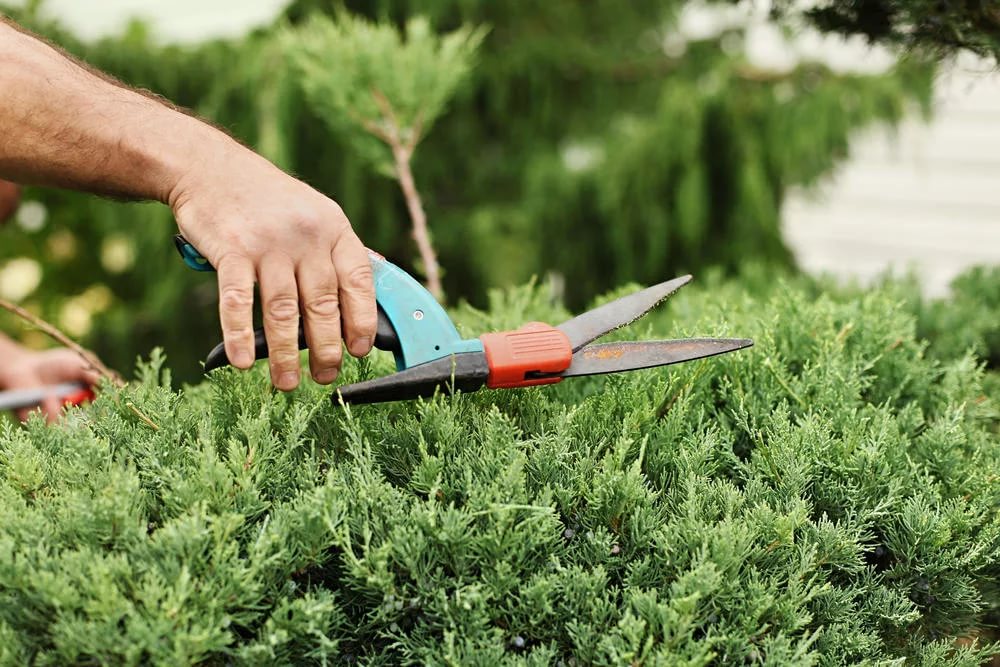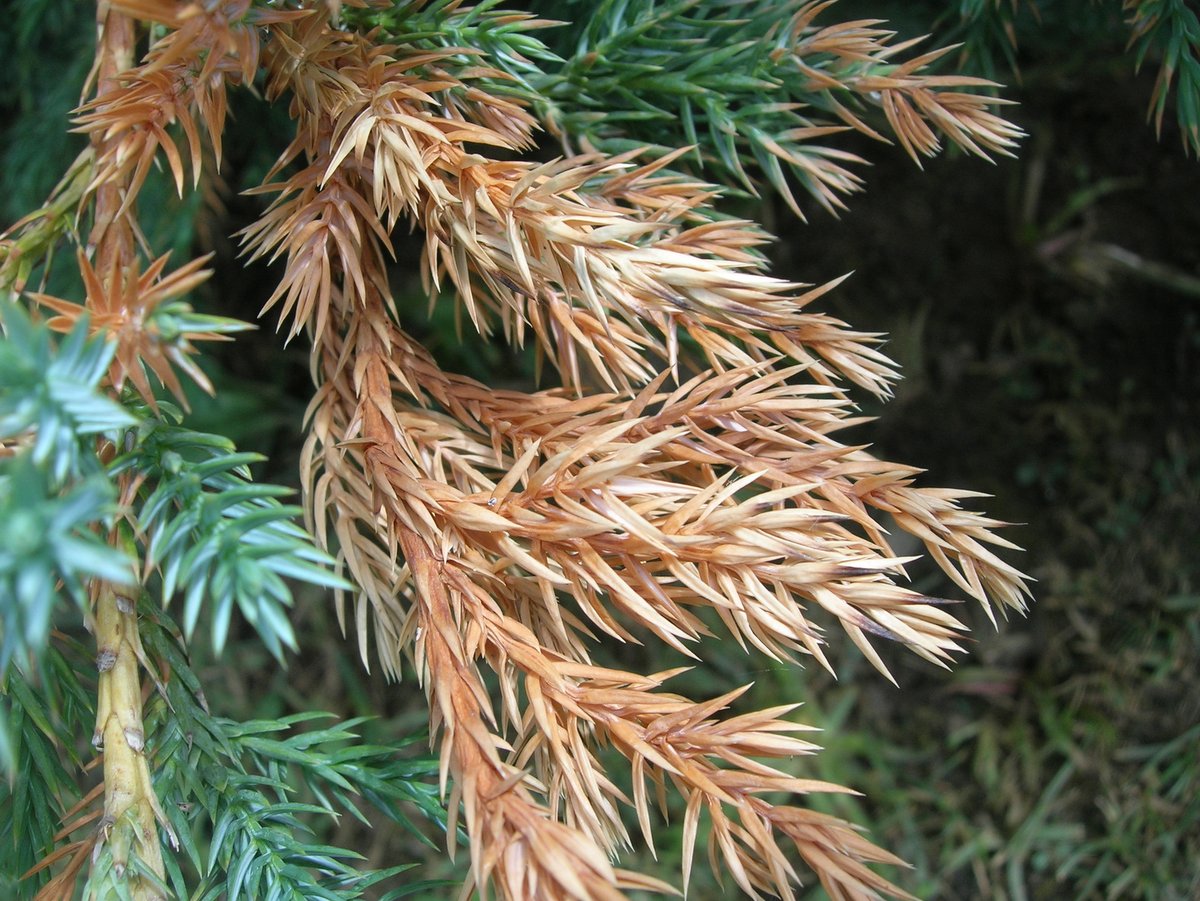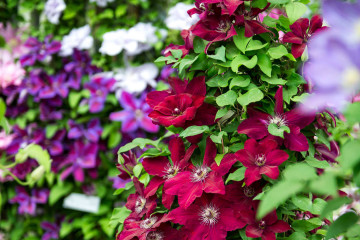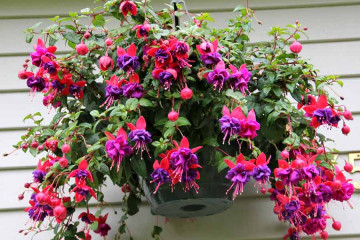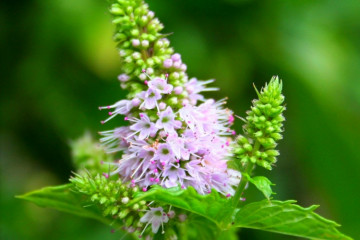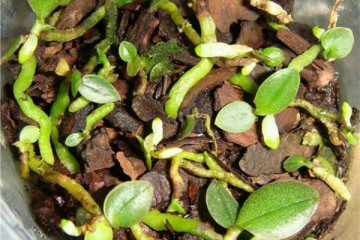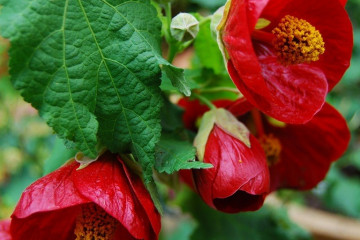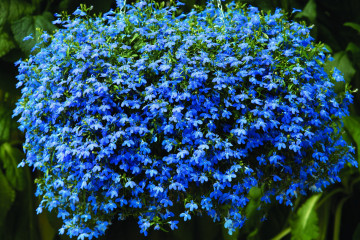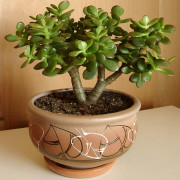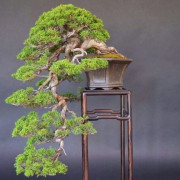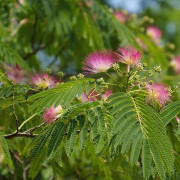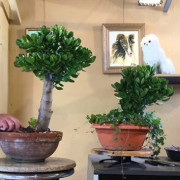Juniper Bonsai - How To Grow From Seeds
Content:
Not all types of plants are suitable for forming the crown of a juniper in the bonsai style, but such a house tree really has an unusual beauty. With proper care, the shrub grows resilient, with a strong and powerful trunk.
Plant features
Juniper has good resistance to frost, so in the southern latitudes, this outlandish bush can be grown in the garden or in the country. Only for wintering it needs to be covered with a special material.
Juniper bonsai are very picky about lighting and humidity in the room. Place the pot in a well-lit place.
What types are suitable for creating bonsai
To create a juniper bonsai-style tree, only a few types of plants are suitable:
- Bonsai from Cossack juniper. Sabina, or a Cossack species of juniper, grows as a creeping shrub, therefore it is easily fed to formation. In indoor conditions, its length reaches about 1.5 meters, and in natural conditions - up to 5 meters.
- Bonsai from scaly juniper. This type of plant also has a height of 1.5 meters. But the needles have a denser and tougher texture than other species. The tree itself is blue, which makes it very popular in landscape design.
- Bonsai from common juniper. This species has weeping and dwarf varieties. The plant is compact in size and does not grow much, therefore, procedures for pruning and shaping the crown are not often required.
- Rocky juniper bonsai. The plant belongs to creeping shrubs. It is compact in size and convenient for indoor growing. Pruning is also rare for such shrubs.
- Bonsai from Virginia juniper. The advantage of this type of plant is its drought resistance. It grows well in southern latitudes, but does not take root outdoors in northern regions.
Juniper Bonsai Seeds
To grow a juniper at home with the aim of further developing it as a bonsai plant, you will need seeds. They can be purchased at specialized stores or online stores. It is worth choosing planting material from sellers with good ratings and reviews. Each seed should be free of any defects, and you can purchase an infected product from an unscrupulous seller.
Caring for bonsai at home
Taking care of a bonsai-style juniper shrub is not as difficult as it might seem, but it does take some effort.
Care advice
The main thing in caring for a bush is the regularity of all activities and adherence to simple rules. Changes in temperature and a decrease in air humidity should not be allowed. Top dressing and watering are also carried out according to a certain regimen, fertilizers are applied in the required dosage.
Location
The shrub should be in a place open to the sun.Recommended daylight hours - at least 6 hours.
Watering rules and soil composition
The soil may dry out slightly, but the next necessary watering is carried out if the ground is dry to a depth of 3 cm.
The soil should be loose, so sometimes it should be slightly loosened. The main thing is to do this procedure carefully so as not to damage the rhizome.
Formation
The advantage of the juniper is that its trunk is inflexible, so it can be shaped with ordinary wire. During the winding of the shoots, it is worth removing the extra stems that interfere with the procedure. The remaining branches are tilted and fixed horizontally.
Barrel circle care
Growing bonsai involves caring for the trunk circle. This is done to avoid the appearance of infections and rotting of the bush. Be sure to loosen the soil so that air can flow to the roots and moisture does not stagnate.
Pruning leaves and branches
First of all, you need to remove the grown leaves, which are much larger than the rest of the leaves. Small foliage looks beautiful when decorating bonsai-style garden trees. You need to do the trimming procedure in the spring or summer.
Top dressing
The bush is fed infrequently, but it is worth doing it periodically after the same period of time. In winter, during the dormant period for the plant, the procedure is stopped. For healthy growth and development of the bush, one feeding per month is enough.
Fertilizer for juniper
The first feeding after the winter awakening is carried out with organic matter, you can dissolve it in water. In the spring and early summer, nitrogen-containing fertilizers are needed to help build a lush green mass.
Preparing for winter
If you plant a plant in open ground, then you will have to cover it for the winter. You can wrap it in spunbond, the main thing is that the material is not very dense.
Specialist tips for decorating bonsai
To get a symmetrical bonsai from juniper, you need to constantly monitor the development of the bush and periodically correct the direction of growth of its trunk with wire. Experts do not recommend starting pruning the bush long before the trunk is fully formed. This will be unnecessary work, and the plant does not like increased attention.
Diseases and pests of juniper bonsai
Diseases rarely affect the bush, but there is a possibility of leaf rust, root rot, or powdery mildew. All problems are primarily reflected in the foliage, so it is not difficult to notice the signs. The main cause of disease is too much watering of the plant. When diseases are detected, the damaged parts of the juniper are removed, and the plant itself is treated with antifungal agents. Sometimes you have to transplant the bush into new soil.
Juniper Chinese bonsai is a newcomer to Russian gardens and homes. Planting this shrub requires a certain amount of attention and care. Despite the fact that the plant does not like frequent interference during cultivation, measures should be taken regularly, on a schedule and taking into account the necessary rules.Bonsai will pay off all the efforts of gardeners with its unique decorative look.
